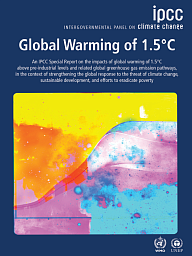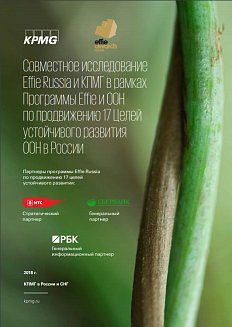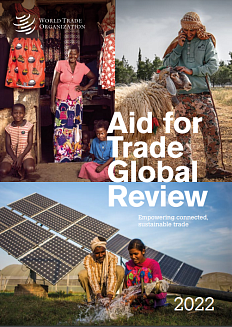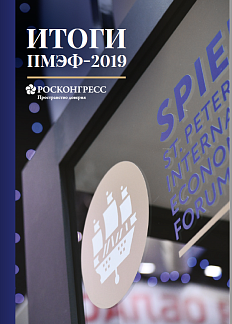The report by the Intergovernmental Panel on Climate Change (IPCC), approved in Incheon, South Korea, and published in October 2018, includes over 6,000 scientific references, and was prepared by 91 authors from 40 countries.
The Special Report on 1.5°C assesses three main themes:
- what would be required to limit warming to 1.5°C (mitigation pathways);
- the impacts of 1.5°C of warming, compared to 2°C and higher;
- strengthening the global response to climate change; mitigation and adaptation options.
The key finding of the report is that meeting a 1.5°C target is possible but would require «deep emissions reductions» and «rapid, far-reaching and unprecedented changes in all aspects of society.» Furthermore, the report finds that «limiting global warming to 1.5°C compared with 2°C would reduce challenging impacts on ecosystems, human health and well-being» and that a 2°C temperature increase would exacerbate extreme weather, rising sea levels and diminishing Arctic sea ice, coral bleaching, and loss of ecosystems, among other impacts.

Pathways (i.e. scenarios and portfolios of mitigation options) that would allow such reduction by 2050 permit only about 8% of global electricity to be generated by gas and 0-2% by coal (to be offset by carbon dioxide capture and storage). In these pathways, renewables are projected to supply 70-85% of electricity in 2050 and the share of nuclear energy is modelled to increase. They also assume that other measures are simultaneously taken: e.g. non-CO2 emissions (such as methane, black carbon, nitrous oxide) are to be similarly reduced, energy demand is unchanged, reduced by 30% or offset by an unprecedented scale of carbon dioxide removal methods yet to be developed.






